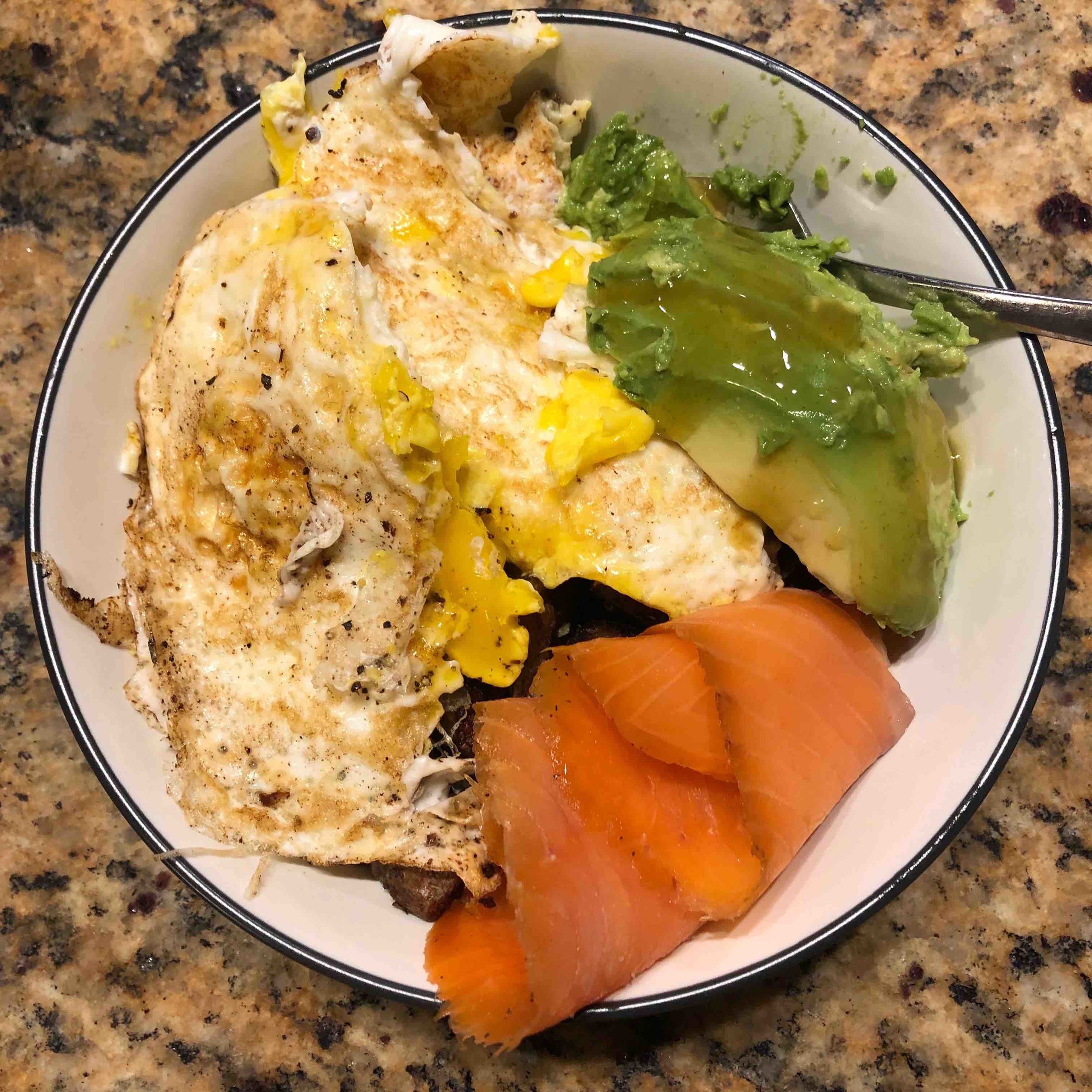A common observation I’ve heard many times from more seasoned athletes (read: older) at the gym is a recognition that getting back into shape or generally maintaining their strength, fitness, and physique seems to be much more challenging than it used to be when they were younger. As the saying in professional sports goes, “father time is undefeated.” While it would be great to have the recovery capacity and boundless energy of our early 20’s, we can still maintain very high levels of fitness and capacity as we age, it just takes a more thoughtful and consistent approach.
Here’s a simple analogy – think of aging as an athlete like walking up a hill. When you’re younger, it’s essentially a flat road – easy going, minimal friction or effort required to get better. As you get older, the hill begins to get steeper with time. The marginal effort to accomplish your task or maintain your physical qualities (strength, mobility, cardiovascular endurance, etc.) goes up considerably. Staying fit simply requires more effort with each passing year. With that in mind, we’ll cover the significance of making fitness and movement a daily priority to ensure we can both age gracefully and kick ass for as long as possible along the way.
As we age, our bodies undergo natural changes that can impede our physical abilities. Muscle loss, hormonal fluctuations, and decreased mobility become common occurrences. However, the old saying "use it or lose it" holds true. A sedentary lifestyle can have severe consequences, including an increased risk of chronic diseases, loss of independence, and reduced overall quality of life. Thankfully, if we never stop practicing our hobbies – lifting weights, yoga, cycling, golf, swimming, etc., we can likely continue doing them indefinitely provided we adjust volume and intensity appropriately and can manage to minimize the chance of injury.
Making fitness and movement a daily habit is the cornerstone of aging gracefully. Regular exercise offers numerous benefits for everyone as they age. It improves strength, cardiovascular health, flexibility, cognitive function, energy levels, stress reduction, and mood. By committing to a daily fitness routine, we enhance our physical well-being and maintain our vitality for years to come. Lean into activities that you find enjoyable and therefore are more likely to be sustained over the long term. Similarly, bodies in motion tend to stay in motion, so the best solution to lifelong fitness is to never let yourself get out of shape.
I came across a profile of Don Wildman several years ago after reading a blog post by legendary big wave surfer Laird Hamilton. Don was a lifetime athlete and embraced hard training and broad ranging adventure sports well into his 80’s. In the profile about Don, he provides valuable insights into defying the feeling of getting old that we can all benefit from. He trains with (much) younger athletes, showing that age doesn't have to limit us. He also took up new physical pursuits well into his 60’s and beyond, not letting his age be a deterrent to doing hard and novel activities. By embracing new and novel sports, we expand our horizons and keep our bodies and minds agile. Find people to work out with that can safely push you and make you forget your age, and don't be afraid to step out of your comfort zone and try something new.
The two most important qualities that will determine the quality of how you age are your ability to maintain muscle mass and joint mobility. Strength training with a focus on compound, basic movement patterns, and incorporating daily mobility exercises to keep your hips, shoulder, and spine limber will keep you feeling young and capable. Getting strong is a gradual process, but the benefits are both wide ranging and long lasting. Similarly, actively working on improving your ability to squat deep, hip hinge, rotate, press overhead and more ensure your body will have access to everything you may ask of it. This means we need to prioritize lifting weights to be strong and muscular, while also moving through full ranges of motion as much as possible.
Embracing the uphill battle of aging is essential for our overall well-being. Remember, it's never too late to start; take inspiration from Don Wildman's fearless approach and apply that to your own goals and pursuits. By taking a smart approach, prioritizing long term consistency over short term intensity, we can age gracefully and thrive in the face of challenges. Commit to daily exercise and movement, explore new physical activities, and cultivate a mindset of growth. The hill may be steep, but with determination and commitment, we can continue to stay in the game for a very long time. There are few things with greater upside or more worthwhile to pursue, so what are you waiting for?



